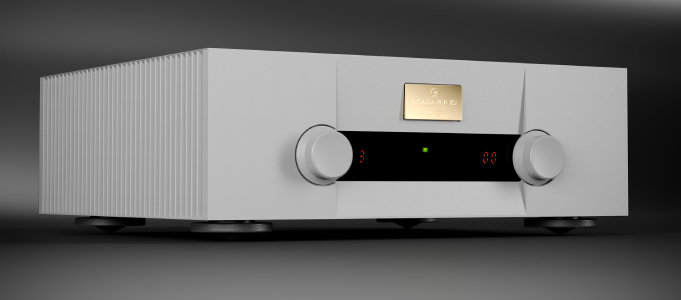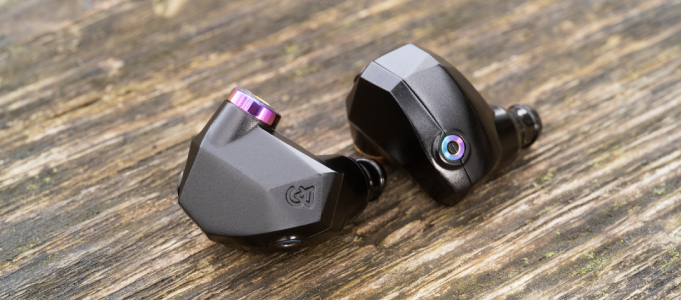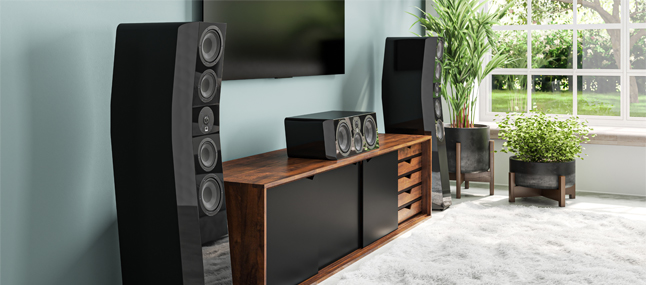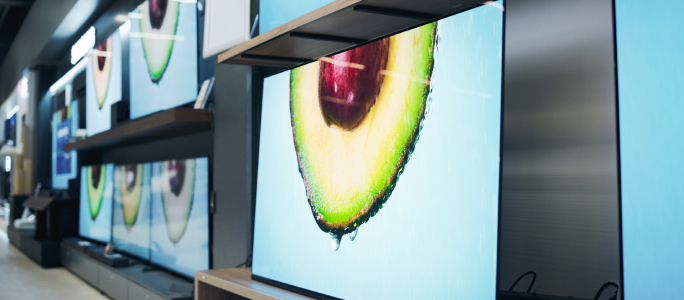Klipsch RP-260 Reference Premiere Home Theatre Speakers

The very first speaker to wear the Klipsch name was made by hand in Hope, Arkansas back in 1946. Paul W. Klipsch built the horn himself out of a tin shed, and little did he know what the brand and his designs would go on to become in the decades that followed.
Being a music lover, Paul’s goal was to reproduce the excitement of a live orchestra performance in his home. In order to achieve this, he set out to design speakers with high efficiency, low distortion, controlled directivity and a flat frequency response. This led to the development of the Tractrix Horn and ultimately the XT Tractrix horn. This technology is claimed to produce a wider dispersion pattern, and “… a wider sound field, while also providing more latitude in speaker placement”.
A lot has changed since 1946, but the company still proudly stands in that sleepy little town, with their speakers reaching just about every continent of the globe today.

WHAT’S IN THE BOX?
The RP-260 carries the “Reference Premiere” tag, an entirely new line that promises to deliver “a completely unique home theatre experience”.
Selling at $6,199 RRP, RP-260 sits in the middle of their Reference Premiere range of home theatre speaker packs (also consisting of the $5,299 RRP RP-250 pack and the $6,999 RRP RP-280 pack). The RP-260 pack consists of the RP-260 floor standing speakers, RP-250C centre speaker, RP-240 S bipolar surround speakers and R112SW subwoofer.
While the speakers in this review are purchased as a pack, any speaker within the range can be purchased individually. There’s also the option to expand the system to 9.2.4, to cater for the new surround sound formats, such as Dolby Amos and DTS X. The Reference Premiere range are available in either a cherry or ebony finish.
 Removing the grills from the Klipsch RP260 floor standing speakers left no doubt in my mind that Klipsch approaches speaker design differently to most of its competitors. Rather than the traditional driver array I have been accustomed to, I was greeted with Klipsch’s hallmark cerametallic woofers and horn loaded tweeters.
Removing the grills from the Klipsch RP260 floor standing speakers left no doubt in my mind that Klipsch approaches speaker design differently to most of its competitors. Rather than the traditional driver array I have been accustomed to, I was greeted with Klipsch’s hallmark cerametallic woofers and horn loaded tweeters.
The RP-250C centre speaker (individual RRP $899) feature the cherry finish, and black front bezel. Unlike the RP-260 (but typical to most centre speaker designs), there isn’t the option to biwire the RP-250C.
The rear RP-240S speakers (pair RRP $1,298) are finished in a black brushed polymer veneer. While in a pinch you could stand-mount them, weighing in at 6kg each, it’s far more sensible, not to mention safer, to wall mount them with the screw mounted keyhole provided on the back of the speaker. Rather than direct radiating speakers (a single set of drivers facing towards the listener), the RP-240s are bipolar speakers with two sets of drivers angled away from the listener. I have always preferred this design, as it provides a more diffused sound-field from the rear speakers. However, if you prefer direct radiating speakers for your surround channels, there’s the option to use other speakers within the range.
Like the RP-260 floor standing speakers, the R-112SW subwoofer (individual RRP $1,650) is finished in cherry veneer, with a black front baffle. The R-112SW is a front ported subwoofer, with a 12” metallic long throw front facing woofer and frequency response of 24-125 Hz. There’s also the option to add the WA-2 Wireless Subwoofer kit (RRP $259), negating the need for long cable runs.
With an impedance of 8 ohms and sensitivity of 93db -97db across the range, these speakers are very amplifier friendly. While I chose to power them with an Onkyo N3030 receiver, there is no reason they couldn’t be matched to an entry level receiver. In other words, it’s not going to take much to get these speakers to play loudly!
As the RP-260F floor standing speakers are rear-ported, I found that they did need some room to “breathe”, benefiting greatly by being brought forward from the front wall. The RP- 250C centre was placed behind an acoustically apparent screen, just a tad above ear height. I decided to expand the system to 7.1 by adding a pair of RP-150S bookshelf speakers as rear surrounds and using the supplied RP-240S bipolar speakers as side surrounds.

Tony O'Brien
Tony is a certified ISF Calibrator by day, and an accomplished Audio-Visual reviewer specialising in theatre and visual products by night. Tony has calibrated and worked with some of the best home cinema designers throughout Australia.
Posted in:Home Theatre Loudspeakers Dedicated Cinema
Tags: klipsch rp-260 reference premiere home theatre loudspeakers
JOIN IN THE DISCUSSION
Want to share your opinion or get advice from other enthusiasts? Then head into the Message Forums where thousands of other enthusiasts are communicating on a daily basis.
CLICK HERE FOR FREE MEMBERSHIP






